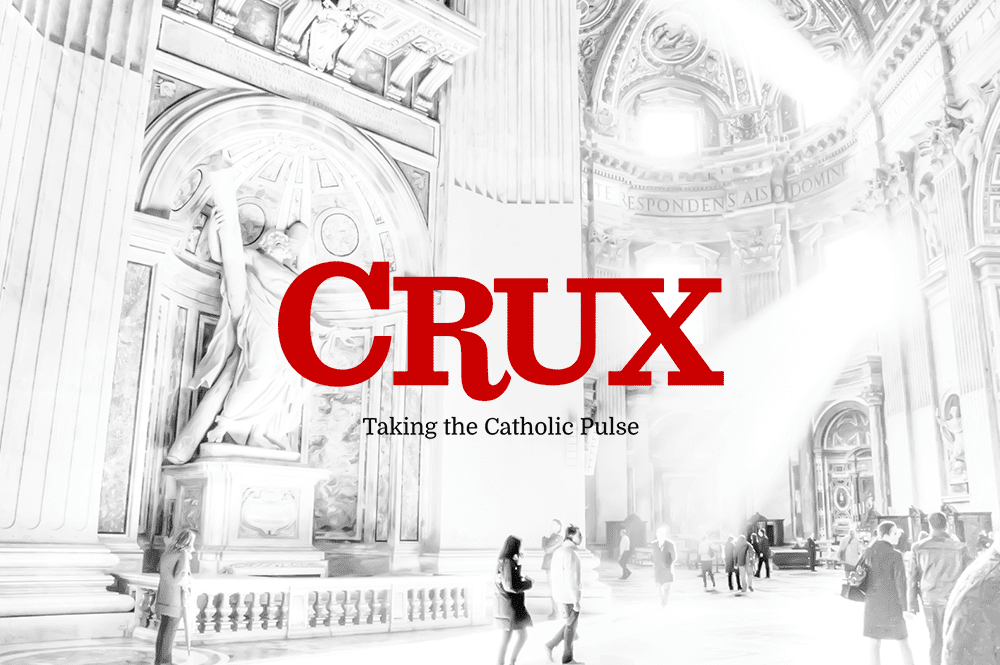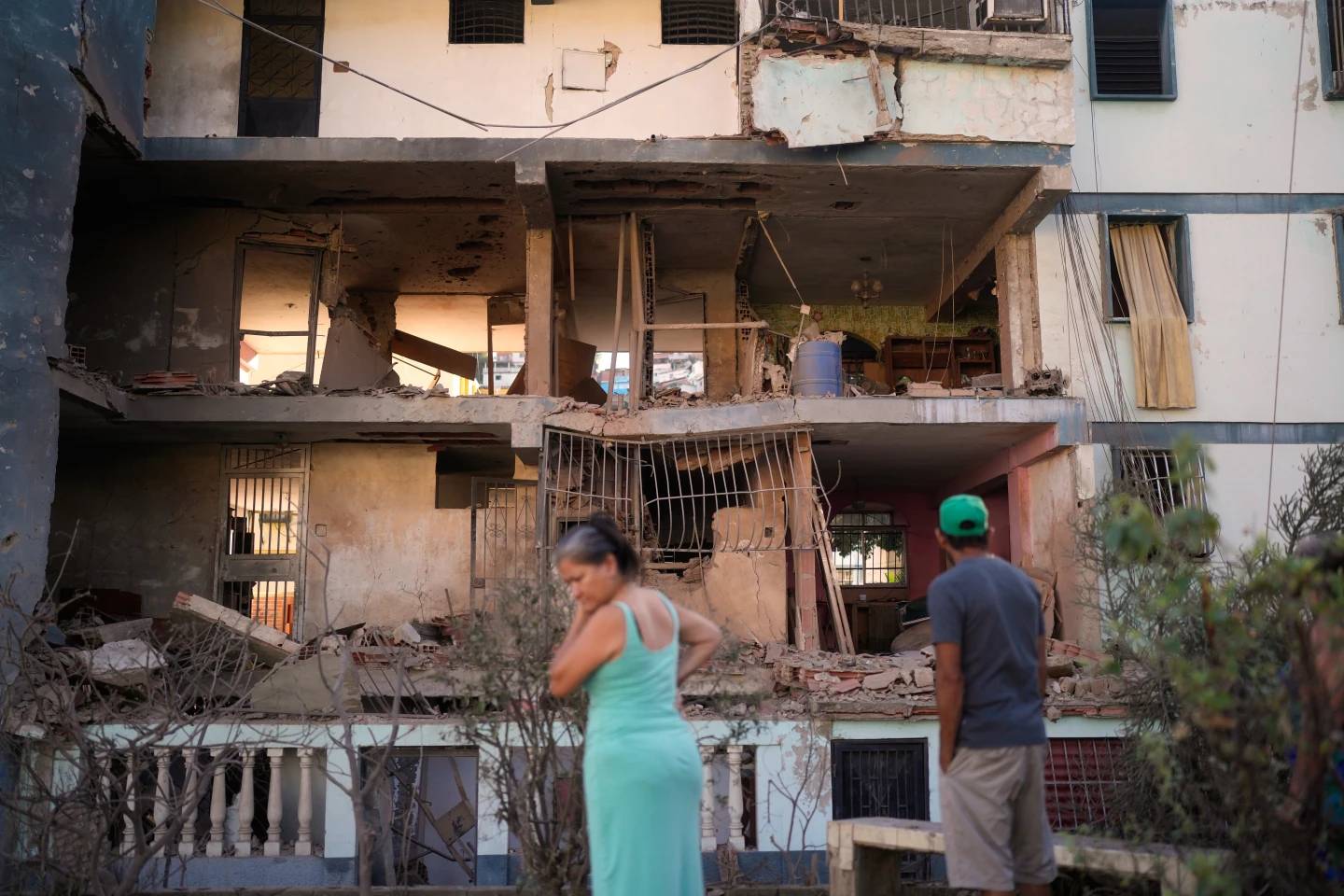ROME – Since Pope Francis began livestreaming his daily Mass from the Vatican’s Santa Marta residence, many people around the world have been grateful for the opportunity to hear the pope’s words and to participate, albeit virtually, in his liturgy, helping to break the isolation of the coronavirus quarantine.
Tuesday morning, however, probably no one was more grateful than Italian Prime Minister Giuseppe Conte.
Conte got a badly needed favor, as the pontiff essentially hit the off switch on mounting Catholic resistance to the PM’s program for recovery by calling for “prudence and obedience.” What remains to be seen is whether, in addition to pastoral conviction, the utterance was also a clever political tactic, in effect putting the Italian leader in the pope’s debt and creating capital Italy’s bishops now can spend in negotiations with the government.
Francis began with a brief prayer intention, as has been his custom, and today it was devoted to what the Italians call “Phase 2,” meaning the gradual reopening of the country after two months of lockdown.
The plan triggered wide national blowback after Conte announced it on Sunday, in large part because while he authorized the celebration of small-scale funerals, he did not make any provision for the resumption of public Masses despite repeated appeals from the powerful Italian bishops’ conference, CEI, to be able to do so, employing precautions such as social distancing and masks and gloves.
Media reports suggest that Conte’s technical-scientific committee overseeing Phase 2 judged that for now, the risks of movements of people and contact inside churches that restarting public Masses would generate are too great, and that it could be May 25 at the earliest when that decision is reviewed in light of the infection rate.
In response to the decision, CEI put out a testy note Sunday evening stating that “the Italian bishops cannot accept seeing the exercise of freedom of worship compromised.”
RELATED: Italian bishops threaten break with government over Mass
One Italian bishop, Giovanni D’Ercole of Ascoli Piceno, issued a video message in which he declared, “This is a dictatorship, to impede access to worship, which is one of our fundamental freedoms.”
D’Ercole’s voice carries weight, because from 1998 to 2009 he was a senior official in the first section of the Vatican’s Secretariat of State, responsible for church governance, and he’s also a longtime fixture on Italian TV.
All through the day Monday, criticisms of Conte’s decree mounted, so much so that by evening one news outlet half-jokingly announced the formation of a new political party called PTCC, standing for Partito di Tutti Contra Conte, or the “Party of Everybody against Conte.”
Enter Pope Francis, Tuesday morning.
“In this time in which dispositions are beginning to be made for exiting from the quarantine, let’s pray to the Lord that he gives his people, all of us, the grace of prudence and obedience to those dispositions, so the pandemic does not return,” Francis said.
All up and down Italy, that crumbling sound you heard was a score of Italian bishops preparing to issue statements criticizing the government who, after the pope finished, threw their drafts into trash cans.
Prior to that moment, many Italian bishops probably would have assumed that Francis supported their protests. The Vatican’s news service carried a story Monday headlined “Italian bishops against the decision of the government,” and official spokespersons never denied news reports suggesting the CEI statement was issued with the approval of the Vatican’s Secretariat of State.
Moreover, everyone here remembers that the day after Cardinal Angelo De Donatis, the Vicar of Rome, announced the total closure of Roman churches in mid-March, Pope Francis the next morning proclaimed “drastic measures aren’t always good,” and later that day, his almoner, Polish Cardinal Konrad Krajewski, brazenly violated the decree by opening his titular church, Santa Maria Immacolata in Rome’s Esquiline neighborhood.
Within hours, De Donatis backtracked and decreed the churches could remain open for private prayer.
Yet rather than joining the criticism, the pope this morning in effect ensured that Conte’s recovery plan won’t be DOA because of Catholic resistance.
Francis had to know his words would be perceived as telling the Italian bishops to back down. That’s how it’s played in the first round of media coverage, with one newspaper blaring, “The pope hits the brakes on the bishops,” and another more gently suggesting that Francis “seems to want to restore serenity in the Catholic world and among the bishops.”
Despite his commitment to collegiality, he was willing to run the risk of those impressions, which suggests he believes something important is at stake. Undoubtedly, the heart of the concern is that the Church shouldn’t do anything that might risk a new round of contagion, thereby putting lives at risk.
The situation in Italy in terms of reopening churches is complicated, in part because while there are many vast churches here with soaring ceilings, plenty of space to maintain social distance, and excellent air flow, there are also scores of small parishes, oratories and chapels where spaces are cramped and which aren’t equipped to manage the sort of crowd control which has become routine at, say, grocery stores and produce stands. As a pastor, Francis likely doesn’t want to do anything precipitous.
Yet it would be naïve to ignore that Francis’s statement also has political significance, in the sense that he’s just afforded Conte some breathing room as his “Phase 2” rolls out. The pope knows the government has promised to issue a protocol about the resumption of public Masses soon – and, perhaps, Conte now will be inclined to find a way to return Francis’s favor.
Follow John Allen on Twitter at @JohnLAllenJr.















